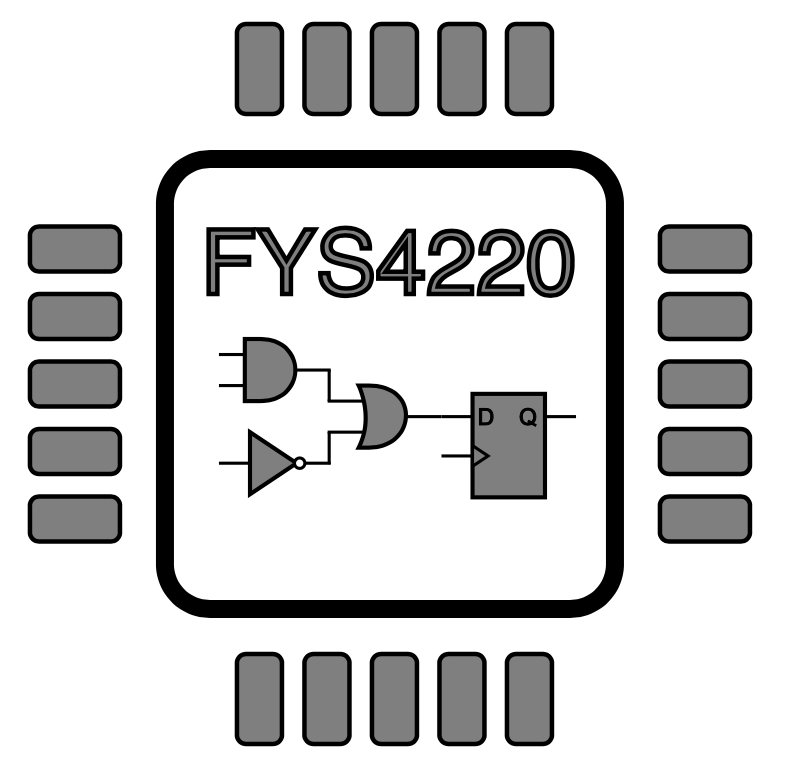2.12. Generic map#
It is often desirable to make certain elements of a design as general or generic as possible. VHDL provides a mechanism called generics, to customize a component upon instantiation. This can be used to easily vary the behaviour or structure of a module by changing the value of a generic parameter. In the example below an entity has been declared with a generic parameter called width. This parameter is used to define the width of an input port. Specifying a default value, in this case 8, is optional.
entity flexible is
generic(width : integer := 8);
port(
data : in std_logic_vector(width-1 downto 0)
);
end entity;
A generic is mapped similarly to a port when the component is instantiated as shown in the example code below. First the component is declared and then its ports and generics are mapped in the architecture description. A constant is here used to override the default value of the generic parameter. This demonstrates how a design easily can be customized for different purposes without modifying the module description itself.
architecture struct of top_level is
constant bus_width : integer := 16;
signal data_bus : std_logic_vector(bus_width-1 downto 0);
begin
inst: entity work.flexible
generic map(
width => bus_width
);
port map(
data => data_bus
);
end architecture;
A generic map can also be very useful when you want to generate several instances of the same module. Combined with a for generate statement this can be achieved as shown below.
g_modules: for i in 0 to no_modules-1 generate
inst: entity work.super_design
port map(
A(i) => A(i),
B(i) => B(i),
);
end generate;
